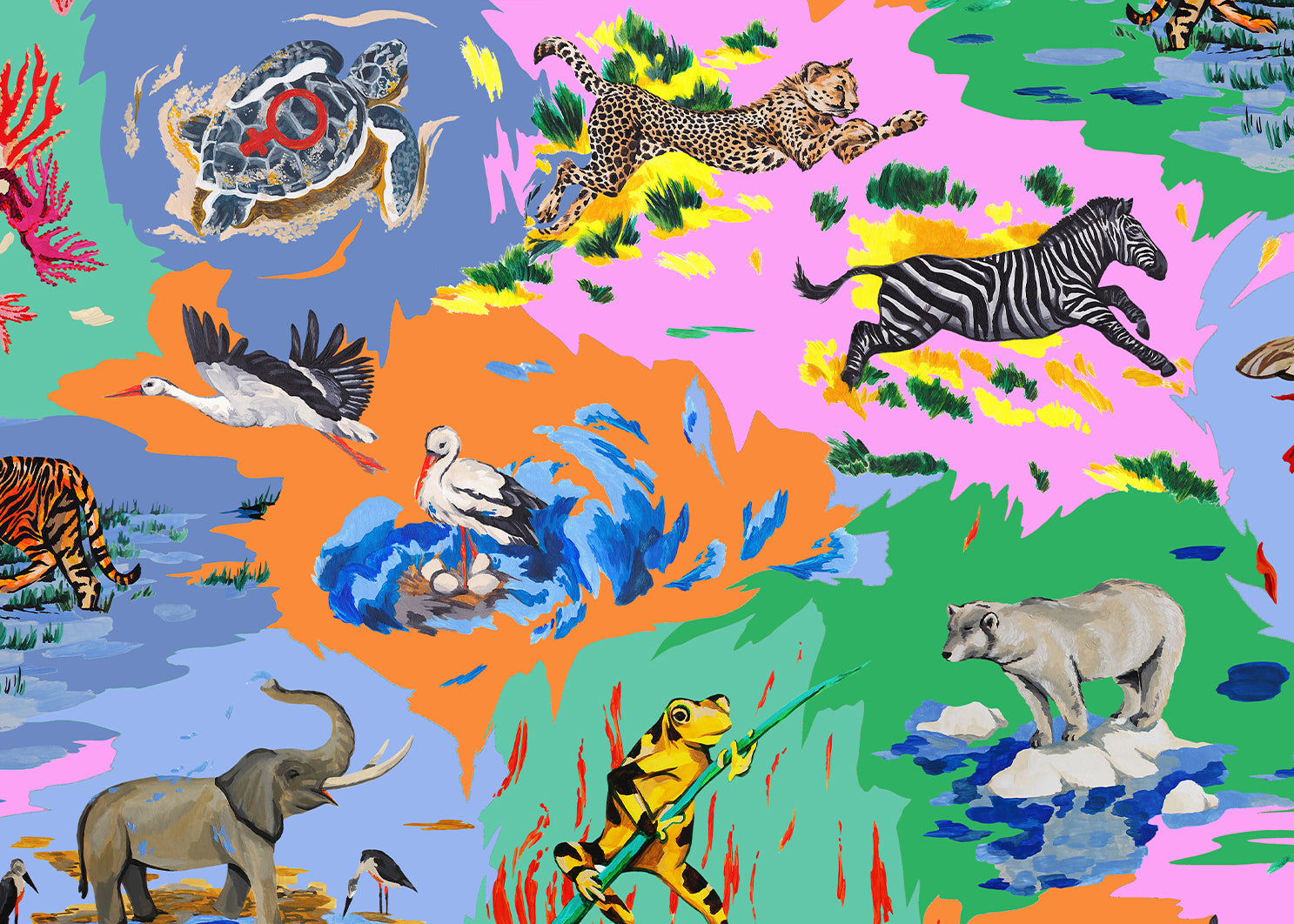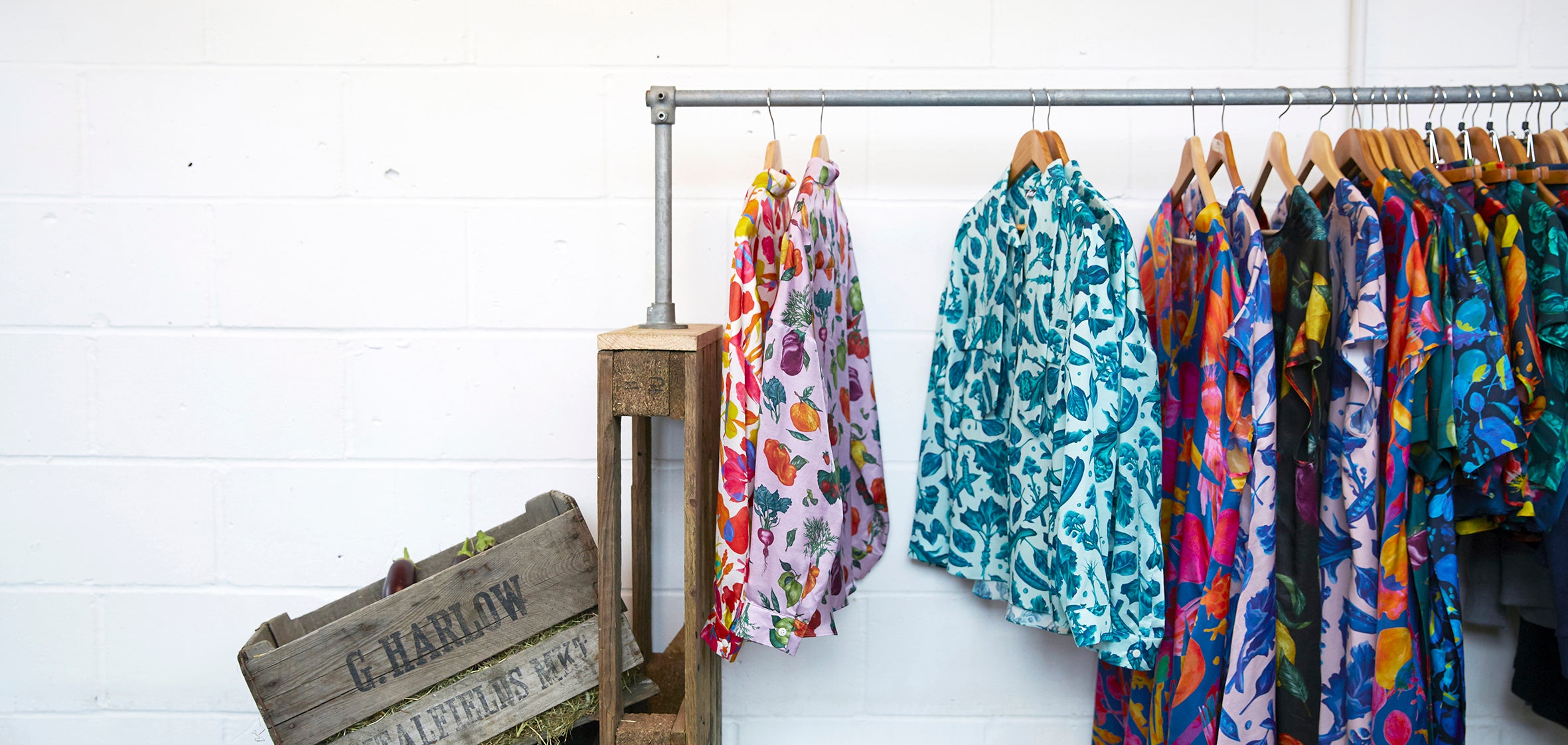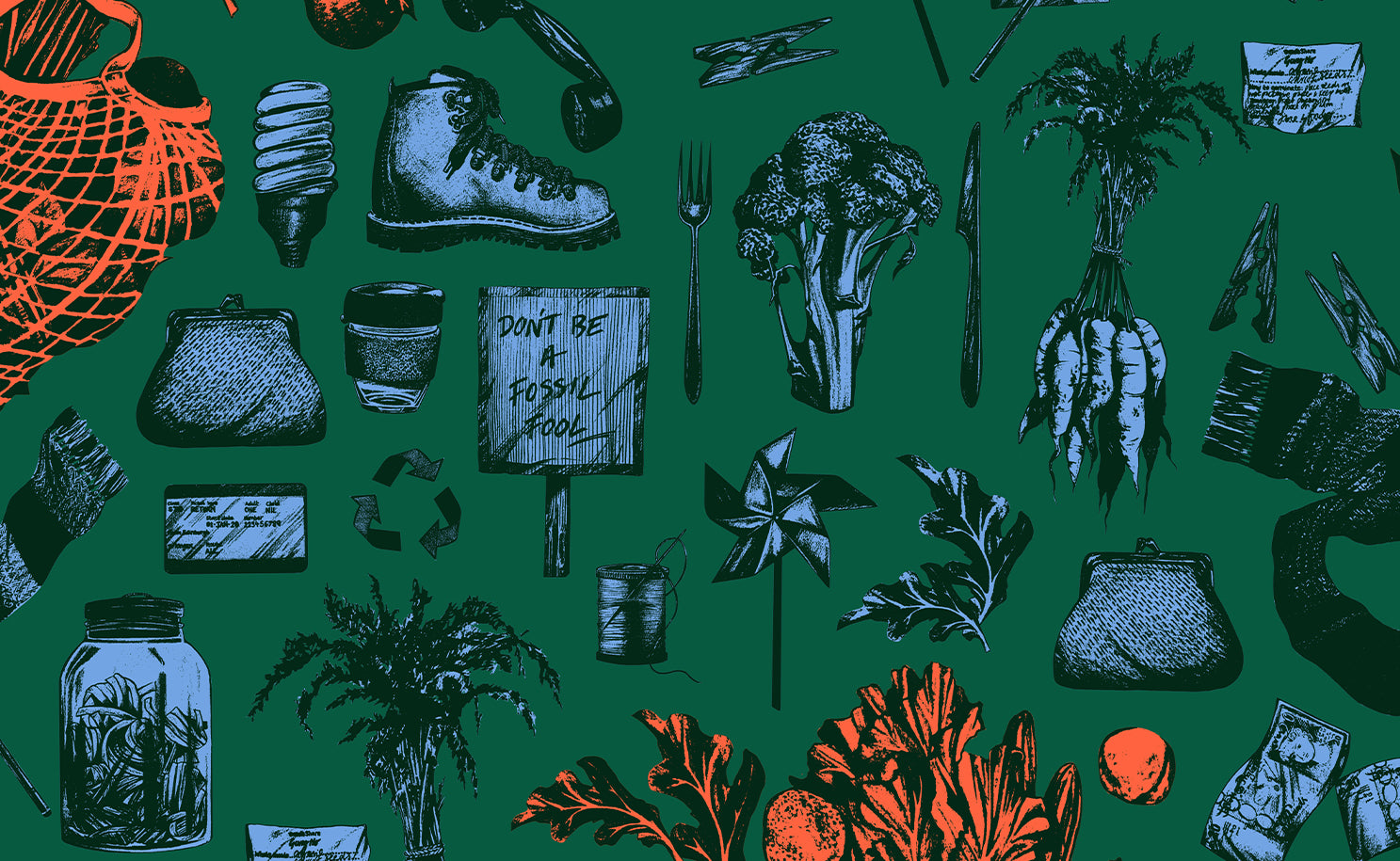Endangered Species

THE ISSUE
Although Climate Change is a direct result from human emissions of greenhouse gases, it is hitting nature and our wildlife first. From longer & hotter summers and variations in rainfall to natural habitats melting or becoming flooded, these slight temperature changes are having a huge impact on our beloved wildlife. The ripple effect is massive. As we know, ecosystems have a delicate balance, so when one species suffers, it throws off the whole chain. This print highlights 10 of the most endangered species affected by Climate Change. Each one is shown in their changing habitat - the very reason their existence is under threat.
Coral Reefs are endangered due to rising sea temperatures. In the last three years alone, 72% of the world’s coral reefs protected by UNESCO experienced severe heat stress. Sustained heat stress causes coral bleaching, an often deadly occurrence in which coral starves from a loss of nutrition.
OCEANIC BIRDS in many different species are directly threatened by rising sea levels caused by climate change. Rising waters can submerge their coastal habitats completely, leaving them no space to nest. Ocean warming causes declines in oxygen and plankton, which are both a crucial source of food for seabirds.
BENGAL TIGERS who thrive in a variety of environments are being chased from their flooded homeland faster than we can keep track and have no time to adapt to this situation. An expected sea level rise of 28cm may cause the remaining tiger habitat in the Sundarbans area of Asia to decline by 96 percent, pushing the total population to fewer than 20 breeding tigers. Unless immediate action is taken, the Sundarbans, its wildlife and the natural resources that sustain millions of people may disappear within 50 to 90 years.
BEES are impacted by climate change in two related ways: Rising temperatures force populations northward to remain in cool climates (although many do not make the change and suffer from staying south); and spring flowers bloom earlier than normal, leaving less time for bees to pollinate. They are now out of sync...
GREAT APES of Southeast Asia, perhaps the most endangered group of ape species, face extinction due to deforestation with nearly 75% of forest cover at risk. These ancient beauties are losing their natural habitat as well as being caught in the middle of the devastation.
TURTLES are very sensitive to changes in temperatures. A baby turtle’s gender depends on the temperature of the sand where the eggs are laid. The warmer areas produce female turtles. With climate change causing an increase in temperatures, more females than males will hatch.
ASIAN ELEPHANTS are particularly sensitive to high temperatures. In order to survive, they need to drink a great amount of fresh water daily. Rising temperatures make it more difficult for elephants to get the water they need. Warmer temperatures also create favorable conditions for invasive plants to thrive and outmatch the elephants’ regular food sources.
POLAR BEARS infamously face the challenges of their melting homeland, which is progressively disappearing year on year. Sea ice is forming later in the autumn and disappearing earlier in the spring. According to NASA, the polar ice caps are melting at an alarming rate of 9% per decade - which means polar bear numbers could drop by a third by 2050.
Polar and grizzly bears are increasingly mating with each other as the warming Arctic allows the two species to come into contact more often. Researchers have warned the existence of hybrid pizzlies or grolars could lead to the death of the polar bear species, due to stronger genetics.
CHEETAHS, the world’s fastest animal, are racing against their near-threatened status in the face of climate change. The heat has meant that the cheetahs’ prey populations, like gazelles, are declining and they are forced to change their diets to prey, such as Zebras, with a lower nutritional content. These rising temperatures and changing diets have affected the cheetah’s ability to reproduce. Male cheetahs have shown lowered testosterone levels and a sperm count almost ten times lower than your average house cat.
FROGS are now struggling to find habitat to lay their eggs. The rising temperatures cause shallow ponds to dry up, with changes to humidity affecting the conditions in which many frogs need to thrive. Frogs will also only lay eggs when the time is right, and spring’s warm weather usually means there will be enough food around to support their growing tadpoles. With the weather getting warmer each year, these frogs lay their eggs earlier and earlier, with not enough food for their tadpole to survive.
HOW TO HELP
Become informed about the issues Climate Change is having, and how our everyday actions make a difference. From what your bank is investing in to your energy supplier, it’s not just the things we visually see that causes these issues. Find a list of everyday actions you can take to help on the Gung Ho movement blog.
Education from an early age is important, so help kids to understand the importance of a world inhabited with such a variety of life forms and wildlife, and how their everyday actions impact the planet. Let’s make sure their future is full of all these beautiful things.
Talk about it. Word of mouth is powerful, so the next time someone compliments you on what you are wearing tell them all about the cause - get rid of that awkward small talk.
With this purchase you’ve donated back to Friends of the Earth, an environmental campaigning community dedicated to the wellbeing and protection of the natural world and everyone in it.
Wear your heart on your sleeve,
Gung Ho x



